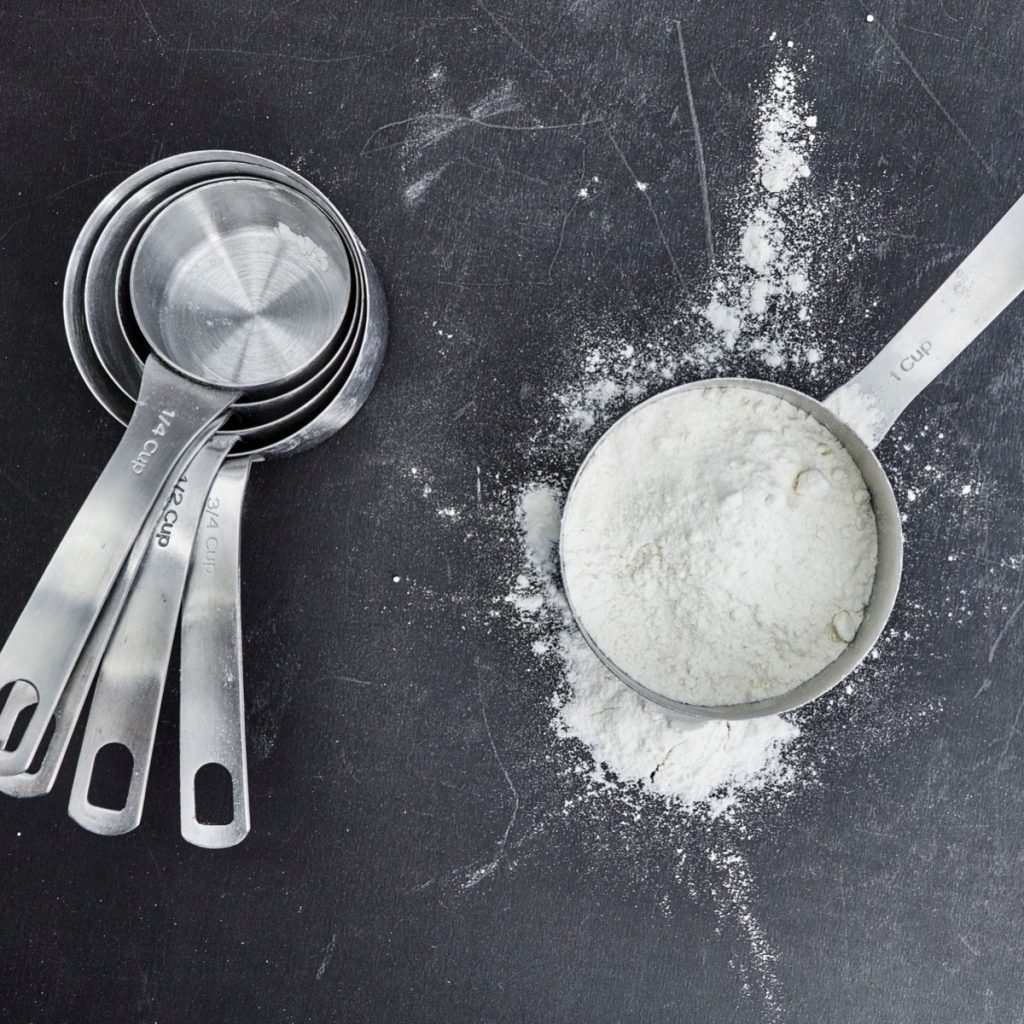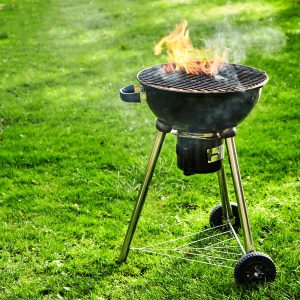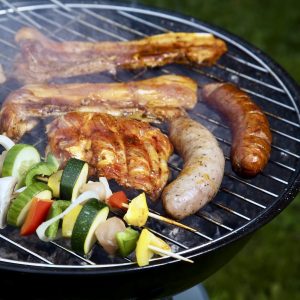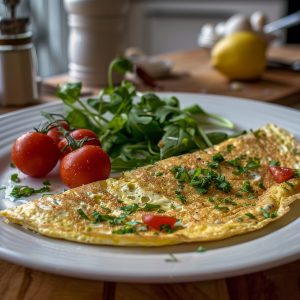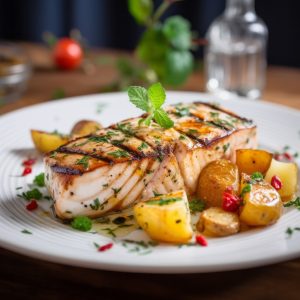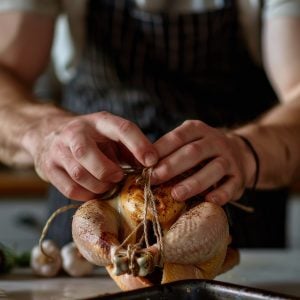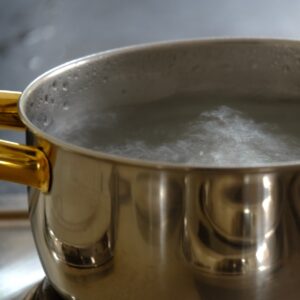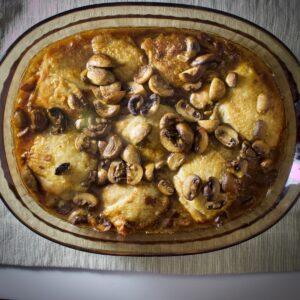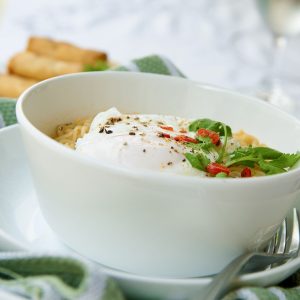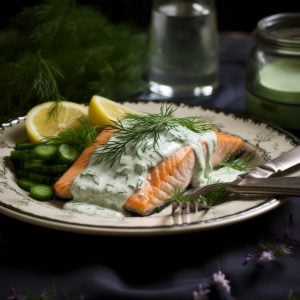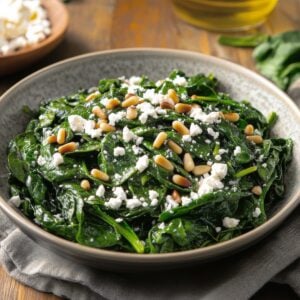Guide to Measuring Liquid & Dry Ingredients
Did you know there are right ways and wrong ways to measure out ingredients. I have just about every type of measuring tool available, but I realize that not only do I often use the wrong tool for measuring but my technique is flawed too.
Why Measuring Ingredients Is Important
Measuring food items correctly is crucial for several reasons, particularly in the context of cooking and nutrition. Here are some key reasons why accurate measurement of food is important:
Recipe Accuracy: Following a recipe requires precise measurements to achieve the intended taste, texture, and overall result. Too much or too little of an ingredient can significantly alter the final dish.
Consistent Results: Accurate measurements help ensure consistency in your cooking. If you want to recreate a successful dish, precise measurements are essential for replicating the same flavors and textures each time.
Nutritional Information: For individuals who are conscious of their nutritional intake, accurate measurements are necessary to calculate the exact nutritional content of a dish. This is important for managing dietary requirements, such as calorie, protein, fat, and carbohydrate intake.
Baking Precision: Baking is a science that requires precise measurements of ingredients like flour, sugar, baking powder, and baking soda. Small variations can significantly impact the final product, affecting its texture, rise, and taste.
Cost Efficiency: Precise measurements can contribute to cost efficiency, especially when dealing with expensive or limited ingredients. Wasting ingredients due to inaccurate measurements can be costly.
Food Safety: Overconsumption of certain ingredients, especially those with potential health implications (e.g., salt, sugar), can lead to health issues. Accurate measurements help control the intake of such substances and contribute to overall food safety.
Portion Control: Whether you’re cooking for yourself or a group, accurate measurements help with portion control. This is important for weight management and ensuring that individuals receive appropriate servings.
Culinary Experiments: For those who enjoy experimenting with recipes, accurate measurements provide a solid foundation. Once you understand the fundamentals, you can better adjust and modify recipes to suit your taste preferences.
Professional Cooking: In professional kitchens, consistency is key. Accurate measurements are crucial for chefs and cooks to maintain the quality and reputation of their dishes.
Education and Learning: For those learning to cook, accurate measurements are fundamental to understanding the balance of flavors and textures. It helps individuals develop their culinary skills and knowledge.
How Do You Correctly Use a Measuring Spoon and Measuring Cup?
Measuring Spoons:
- Select the Right Size: Choose the measuring spoon that corresponds to the quantity specified in the recipe. Common sizes include 1 tablespoon, 1 teaspoon, 1/2 teaspoon, and 1/4 teaspoon.
- Fill the Spoon: Use the appropriate measuring spoon to scoop the ingredient, leveling it off with a flat edge for dry ingredients like flour or sugar. For liquids, fill the spoon to the brim.
- Level Off Dry Ingredients: For dry ingredients, such as flour or sugar, use a flat edge (like the back of a butter knife) to level off the excess and achieve a precise measurement.
- Pour into the Mixing Bowl: Transfer the measured ingredient into the mixing bowl or container by gently tapping the spoon against the side to release the contents.
- Clean Between Ingredients: If you’re measuring multiple dry ingredients, make sure to clean the spoon between measurements to avoid cross-contamination and maintain accuracy.
Measuring Cups:
- Use the Correct Cup Size: Select the measuring cup that matches the required quantity in the recipe. Common sizes include 1 cup, 1/2 cup, 1/3 cup, and 1/4 cup.
- Fill to the Rim for Liquids: When measuring liquids, fill the measuring cup to the desired marking at eye level to ensure accuracy. The meniscus (the curved surface of the liquid) should align with the measurement line.
- Level Off Dry Ingredients: Similar to measuring spoons, when measuring dry ingredients, use a flat edge to level off the excess, ensuring an accurate measurement.
- Handle Dry Ingredients with Care: With dry ingredients like flour, avoid packing them into the measuring cup. Instead, spoon the ingredient into the cup and level it off for an accurate measurement.
- Pour Into the Mixing Bowl: Transfer the measured ingredient into the mixing bowl or container. You can use a spatula or the back of a knife to help release the ingredient if needed.
- Clean Between Ingredients: For multiple measurements, clean the measuring cup between ingredients to prevent cross-contamination and maintain precision.
- Consider the Shape: Be aware of the shape of the ingredient being measured. Brown sugar, for example, should be packed into the measuring cup, while flour should be spooned and leveled.
Best Tools for Measuring Different Ingredients?
Dry Ingredients
- Measuring Cups (Nesting Cups): These cups come in various sizes (1 cup, 1/2 cup, 1/3 cup, 1/4 cup) and are ideal for measuring dry ingredients like flour, sugar, oats, and grains. Use a flat edge to level off the excess.
- Measuring Spoons: Measuring spoons are essential for smaller quantities of dry ingredients, such as spices, baking powder, and salt. Common sizes include 1 tablespoon, 1 teaspoon, 1/2 teaspoon, and 1/4 teaspoon.
- Digital Kitchen Scale: For the utmost precision, especially in baking, a digital kitchen scale is valuable. It allows you to measure ingredients by weight, providing accuracy that volumetric measurements may not achieve.
Liquids
- Liquid Measuring Cups: These cups usually have a spout for pouring and clear markings on the side for easy measurement. Common sizes include 1 cup, 2 cups, and 4 cups. Measure liquids at eye level for accuracy.
- Measuring Spoons: Measuring spoons can also be used for liquids. Fill them to the brim and pour the liquid into the mixing bowl.
Small Quantities:
- Measuring Spoons: Measuring spoons are versatile and can measure small quantities of both dry and liquid ingredients accurately.
- Mini Measuring Cups: These are small measuring cups designed for measuring very small quantities of liquids. They often come in sizes like tablespoons or milliliters.
Fats and Butters
- Butter Dish with Measurement Markings: Some butter dishes have markings to help measure tablespoons, making it easy to portion out the right amount of butter for recipes.
Specialized Tools
- Coffee Scoop: If you are a coffee enthusiast, a coffee scoop is handy for measuring coffee grounds accurately.
- Adjustable Measuring Spoon: Some measuring spoons have an adjustable design, allowing you to measure different quantities with the same spoon.
- Powder Measuring Scoop: For ingredients like protein powder or powdered sugar, a scoop designed for powders can provide precise measurements.
Miscellaneous
- Graduated Mixing Bowls: Some mixing bowls have measurement markings on the inside, which can be useful when combining multiple ingredients.
- Pyrex Measuring Cup: Pyrex measuring cups are made of glass and often have clear, easy-to-read markings. They are suitable for both liquids and some dry ingredients.
The Difference Between Measuring Dry Ingredients vs. Liquid Ingredients
Measuring dry ingredients and liquid ingredients involves different techniques and tools due to their distinct physical properties. For example, you want to use measuring cups for dry ingredients and liquid measuring cups, the ones with a spout for pouring and clear markings on the side for liquid measurements.
Measuring spoons can be used for both but only use spoons for measuring small amounts of dry ingredients like spices or baking powder. (1 tablespoon, 1 teaspoon, 1/2 teaspoon, 1/4 teaspoon) Measuring spoons can also be used to measure liquids if you fill them to the brim.
Using a digital scale is great for precision measuring dry ingredients especially when baking or making homemade pasta.
Important Tips
- Accuracy Matters: Accurate measurements are crucial for the success of your recipe, whether dealing with dry or liquid ingredients. Small variations can significantly affect the final outcome.
- Dry Ingredients Packed vs. Loose: Pay attention to whether the recipe specifies packed or loose measurements for dry ingredients. For example, brown sugar is often packed into the measuring cup.
- Consistency in Measurement: Use the same type of measuring tools (cups or spoons) throughout a recipe to maintain consistency.
- Adjust for Altitude: In high-altitude locations, adjustments may be needed, especially for leavening agents. Consult altitude-specific cooking guides for more information.
What is the Difference Between a Cup of Flour and a Cup of Water?
While both a cup of flour and a cup of water are measured in the same volumetric unit (cup), there are notable differences between them due to their distinct physical properties.
Density
Flour is a dry, powdery substance, and its density varies based on factors such as how it is packed. A cup of all-purpose flour weighs around 120 to 130 grams. Water is a liquid and has a consistent density. A cup of water weighs approximately 240 grams (8 ounces) at room temperature.
Consistency
Dry ingredients like flour can be compacted or aerated, leading to variations in measurement. The method of scooping, spooning, or sifting can affect how much flour fits into a cup. Liquid ingredients like water have a consistent density, and their volume is not affected by the method of measurement. A cup of water will be the same regardless of how it is poured.
Effects on Recipes
The varying density of flour means that measuring it accurately is crucial, especially in baking. Too much or too little flour can significantly impact the texture and structure of baked goods. Liquid ingredients, like water, are generally more forgiving in recipes. Small variations in water measurements are less likely to affect the outcome, especially in dishes like soups and stews.
Conversion
Flour to Water: If you need to convert between flour and water by volume, keep in mind the differences in density. For example, a cup of flour is approximately half the weight of a cup of water.
Using a Scale to Measure Dry Ingredients
Using a Scale to Measure Dry Ingredients
- One cup of water weighs approximately 8 ounces (oz) or 240 grams (g).
- Whole Large Eggs: Approximately 1 cup of beaten whole large eggs weighs around 8 to 9 ounces (227 to 255 grams).
- Chicken stock: Approximately 1 cup of commercially prepared chicken stock weighs about 8 ounce (240 grams).
- The weight of 1 cup of heavy cream is approximately 8 ounces (240 grams). The density of heavy cream is close to that of water.
Keep in mind that the weights may vary slightly depending on the specific characteristics of the liquid. If you need precise measurements, using a kitchen scale is recommended.
Be sure to check The Reluctant Gourmet’s – Choosing Measuring Cups & Measuring Spoons

